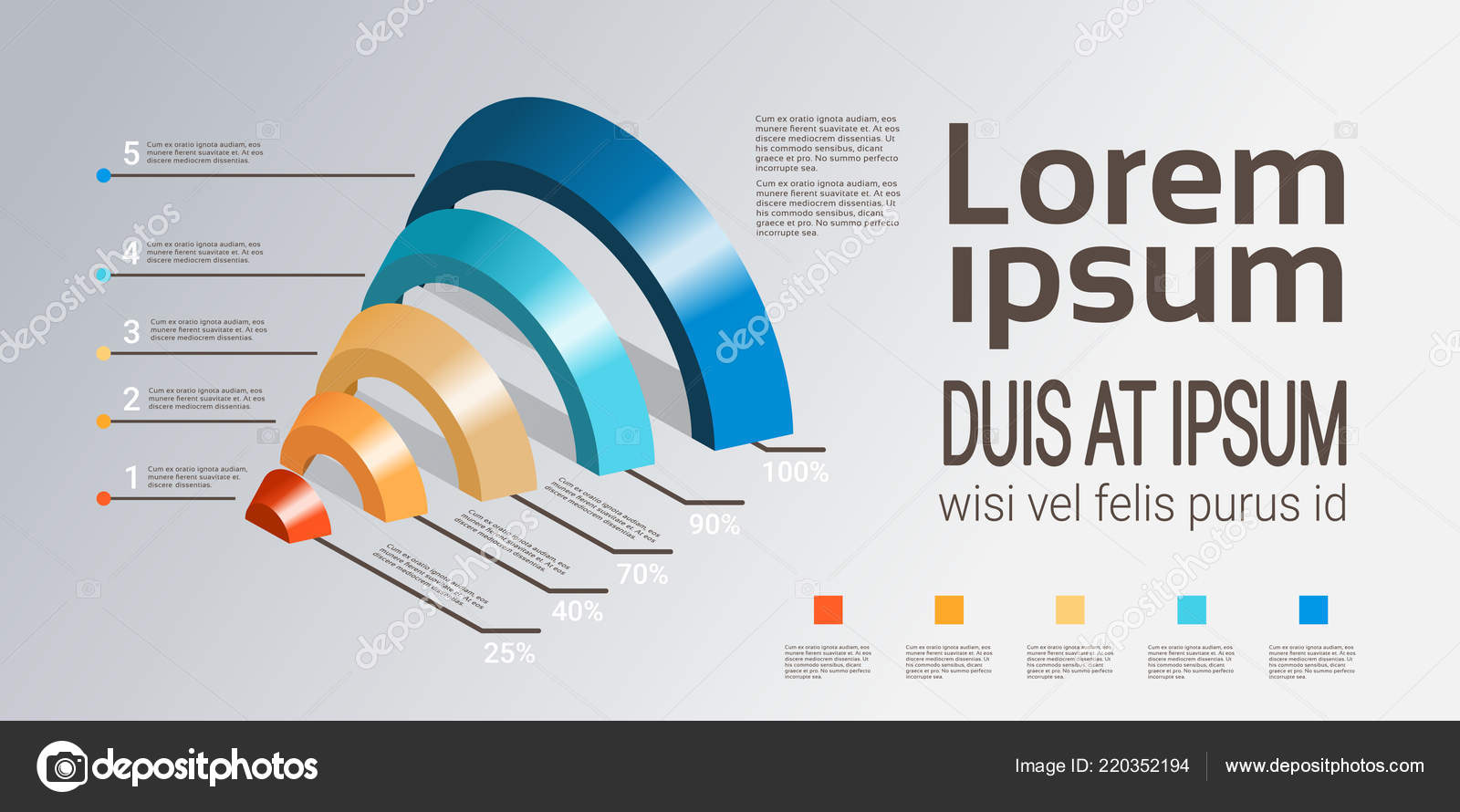Join Us As We Embark On A Trip Via Time, Exploring The Development Of Site Style And Just How It Has Influenced The Electronic Landscape
Join Us As We Embark On A Trip Via Time, Exploring The Development Of Site Style And Just How It Has Influenced The Electronic Landscape
Blog Article
Uploaded By-Monroe Bowles
In the past, sites were straightforward and focused on information. Navigation was straight, and style was for desktop computers. Currently, user experience is essential. Information guides designs for easy navigation. Receptive designs fit different devices. https://troyupjdw.liberty-blog.com/29975445/master-the-art-of-bring-in-close-by-customers-with-local-search-engine-optimization-strategies-but-do-not-neglect-the-international-reach-possibility-of-traditional-seo-uncover-the-crucial-distinctions , dark setting minimizes strain, and minimal food selections boost navigation. Interactive functions involve customers, and bold visuals stick out. https://www.exchange4media.com/marketing-news/r-for-rabbit-collaborates-with-soha-ali-khan-for-digital-campaign-121192.html increases interaction. See how layout has actually developed to boost your on the internet trip.
Very Early Days of Web Design
In the very early days of website design, simplicity reigned supreme. Websites were standard, with restricted colors, typefaces, and formats. The focus got on providing details rather than showy visuals. Users accessed the internet via sluggish dial-up connections, so speed and functionality were essential.
Navigation food selections were straightforward, usually situated at the top or side of the page. Websites were developed for desktop, as mobile browsing had not been yet common. Web content was king, and developers focused on very easy readability over complex layout components.
HTML was the key coding language used, and designers needed to function within its constraints. Animations and interactive attributes were very little contrasted to today's standards. Websites were static, with little vibrant web content or personalized individual experiences.
Increase of User-Focused Design
With the advancement of internet site design, a change towards user-focused design concepts has actually ended up being increasingly famous. Today, producing internet sites that prioritize customer experience is essential for involving site visitors and attaining company goals. User-focused style includes recognizing the needs, choices, and actions of your target market to customize the site's format, web content, and includes accordingly.
Developers now perform thorough research, such as user surveys and usability testing, to collect understandings and responses straight from individuals. This data-driven strategy helps in producing intuitive navigating, clear calls-to-action, and visually enticing interfaces that resonate with site visitors. By placing the customer at the center of the design process, websites can supply a more personalized and pleasurable experience.
Responsive design has actually additionally become an essential aspect of user-focused style, making certain that sites are enhanced for various tools and screen dimensions. This flexibility boosts access and use, accommodating the diverse ways users engage with web sites today. Basically, the rise of user-focused style symbolizes a change towards developing digital experiences that prioritize the requirements and expectations of completion user.
Modern Trends in Website Design
Explore the current patterns forming web design today. One noticeable fad is dark mode design, using a sleek and modern-day look while decreasing eye stress in low-light settings. Another crucial fad is minimal navigating, streamlining food selections and improving individual experience by focusing on essential elements. Including micro-interactions, such as computer animated switches or scrolling impacts, can create a much more interesting and interactive web site. Receptive style stays crucial, ensuring smooth individual experiences across different tools. In addition, using strong typography and asymmetrical formats can add visual passion and draw attention to specific material.
Integrating AI modern technology, like chatbots for consumer assistance or personalized suggestions, enhances user engagement and enhances processes. https://affiliate-marketing-works21086.topbloghub.com/36149744/start-your-journey-to-understanding-social-media-marketing-with-essential-pointers-and-methods-that-will-transform-your-online-visibility-don-t-lose-out-on-these-important-insights has also come to be a substantial trend, with designers focusing on inclusive layout techniques to satisfy varied user requirements. Accepting sustainability by optimizing website efficiency for speed and efficiency is another emerging trend in web design. Working together with customer responses and information analytics to iterate and boost design constantly is necessary for remaining relevant in the ever-evolving electronic landscape. By accepting these modern-day trends, you can develop a visually attractive, straightforward website that resonates with your target market.
Final thought
As you assess the development of web site style from the early days to now, you can see just how user-focused design has actually become the driving force behind contemporary fads.
Embrace the journey of change and adjustment in web design, always keeping the individual experience at the leading edge.
Keep existing with the latest fads and technologies, and never ever quit advancing your approach to create aesthetically stunning and easy to use internet sites.
Evolve, adjust, and develop - the future of web design remains in your hands.
